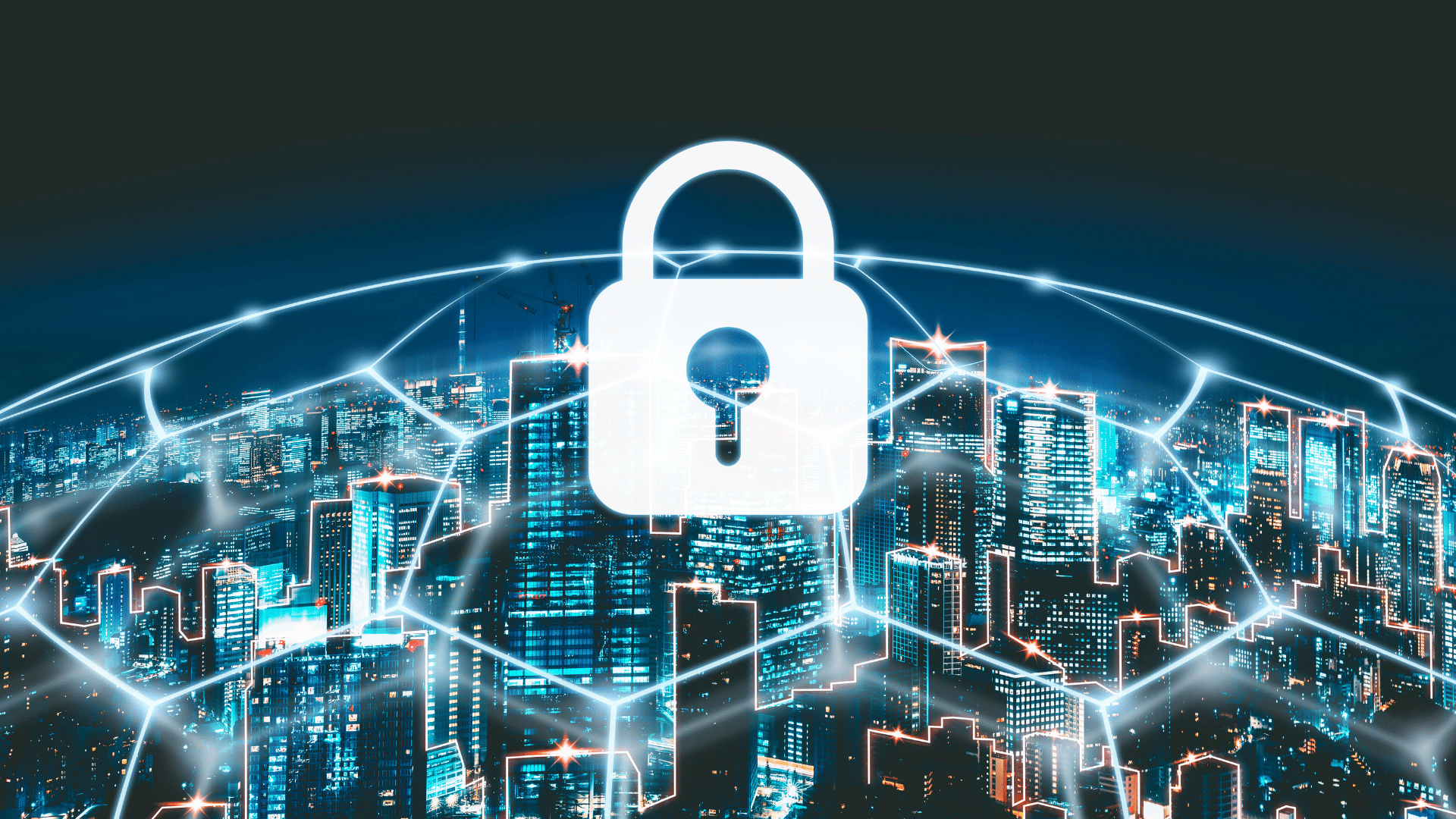Cybersafety Sentinel January 2022 Week 3

You’re Not Paranoid – Not Preparing for Insider Threats Puts Your Data at Risk
Most people look at the external threats, and most would consider it too paranoid to consider internal threats. 94% of organizations experienced an insider breach in the last 12 months. Many will assume that their employees are fully trustworthy and loyal. Are they your strongest defenses or biggest weakness? Read more.

Record Number of Major Health Data Breaches in 2021
A record number of major health data breaches were reported in the U.S. in 2021, and the overwhelming majority of them involved hacking/IT incidents. Around 713 major health data breaches affecting more than 45.7 million individuals posted for 2021. Read more.

Zoom privacy risks: The video chat app could be sharing more information than you think
Due to the pandemic, video call applications like Google Meet and Zoom are being used to communicate with each other. How safe are these meeting platforms? Find out how to minimize your vulnerabilities and keep your private chats private. Read more.

Better smart home security in 5 easy steps
Samsung, Apple, Google, Amazon and a host of other smart device manufacturers are working towards creating a more seamless, intuitive and hyper-personalized connected home environment. With all of the extremely intimate data you’ll be pouring into your smart home devices, you’re going to need to give extra consideration to how you’ll protect that data and improve your privacy. Here are 5 helpful tips to keep your home, your home. Read more.

What Is Geofencing and How Does It Affect Your Security and Privacy?
Most smartphones collect GPS data, information on a user’s current location. This information can be used in a variety of ways—including geofencing, technology that’s become popular among advertisers and other businesses wanting to track the location of customer devices. Read more.

Data Security For 2022: First Assume Your Company Will Be On The Wrong End Of A Cyberattack — Then Stop Worrying
With the pandemic allowing businesses to work 40 times faster, the pressure to keep the business moving all but eliminated traditional planning timelines and lengthy testing phases. Risk-averse organizations may have needed to compromise to meet their goals and objectives, but did this necessity put security at risk? Read more.






